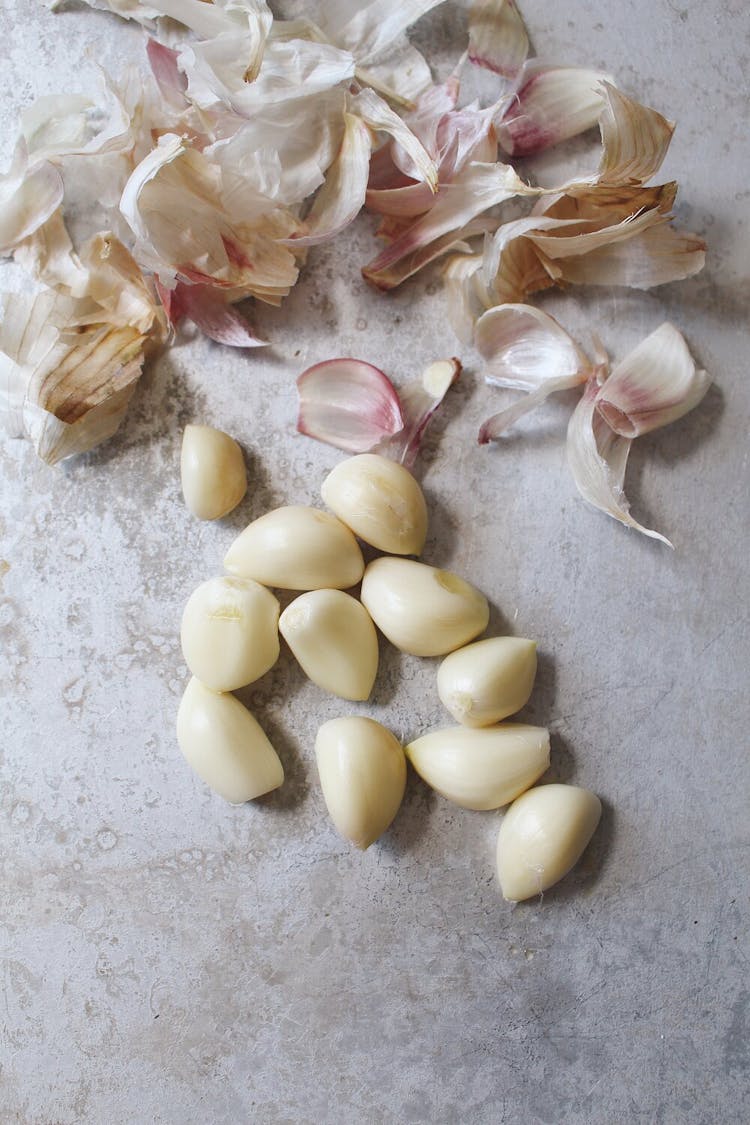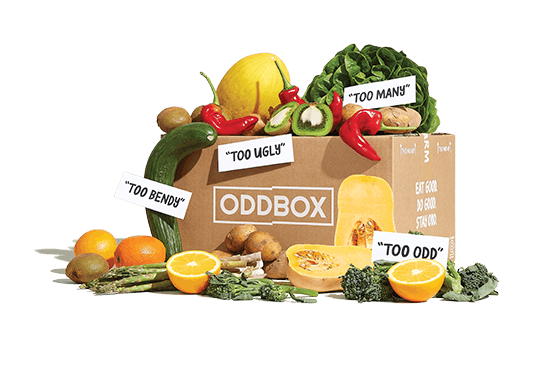How to store, prep, and cook Garlic
Garlic is one of the most versatile vegetables in a home chef’s arsenal, and can be used in a whole host of dishes - both to give recipes a great foundation of aromatic flavour and also as a star vegetable in itself! And here to guide us through all the numerous ways to enjoy this potent vegetable, is our wonderful ODDBOX guest chef Camille (@callherchef).

DID YOU KNOW?
Garlic belongs to the lily family just like onions, shallots and chives. Highly nutritious and rich in vitamins, garlic is high in flavours and brings the simplest foods to life. Garlic is also known to be anti-inflammatory, antibacterial and antioxidant. If you have problems digesting garlic, try removing the germ before cooking, which is bitter and harder to digest. If you can't get enough of garlic, you might be interested in our guide to growing garlic.
HOW TO…STORE:
Avoid getting your garlic wet and store them at room temperature in a dry place. Choose somewhere with proper airflow, like in a basket or open bag in the cupboard.
HOW TO…PREP:
Break up the head of garlic and separate the cloves by hand. Then place a clove on the chopping board and position the flat side of the knife’s blade on top of the clove. With the other hand smash the blade down firmly until the clove is crushed. Pull the loosened skin of the garlic clove and repeat with the remaining cloves. You can then slice, finely chop, crush or grate the garlic cloves before cooking.
The skin is edible and can make a great garlic powder to add to salads. Toss the garlic skins in a little olive oil, season with salt, pepper and chilli flakes. Roast at 190C for 20 to 30 minutes until dry and crunchy. Let cool and blend to a powder. Sprinkle over roasted vegetables and salads for additional texture and flavour.
HOW TO…COOK:
ROASTED
Roasted head garlic is a great served with your Sunday’s roast or added into dips and sauces. Preheat the oven to 200C and slice the whole garlic heat in the middle. Place skin side down into a baking dish, drizzle with a good amount of olive oil, cover with foil and roast until soft and golden brown.
STIR-FRY
With a knife, finely slice the garlic cloves. Add them into your stir-fry recipes a few minutes before the end of cooking. Garlic burns easily, so when cooking at high temperature, add the garlic towards the end.
PICKLE
Use pickled garlic to stuff pitted olives, served alongside cheese canapés, added to stews, mashed into potato with olive oil or chopped in salads. Add the peeled garlic cloves into a jar with chili flakes and fresh dill. Then cover with a hot liquid made from white vinegar, water and salt. Let cool, close the jar and store in the fridge for a few days.
BUTTER
So fancy yet so easy to make. Garlic butter is great to cook your food with, as well as eaten on its own, spread over a slice of bread. Mince the garlic as small as possible and add to a bowl along room temperature butter. Beat with an electric whisk to combine and store in a ramekin in the fridge. You can also add chopped herbs and spices to the mixture, for extra flavours, textures and colours.
FERMENTED
A great technique to prevent food waste when left with excess garlic and perfect to use in dressing, salsa, stir-fry and puree recipes. To make fermented garlic peel the cloves, submerge in a lightly salted brine and leave at room temperature to ferment for a couple of weeks.
CONFIT
Another great way to prevent food waste! And a great staple to have in your fridge. Garlic confit is a great add to dips, dressings, hummus, pesto and pasta sauces. To make confit garlic, peel the cloves and place in a saucepan. Cover with olive oil and cook over low heat (90C) for 20 minutes. Let cool and transfer to a clean jar. Keep in the fridge for up to 6 months.
